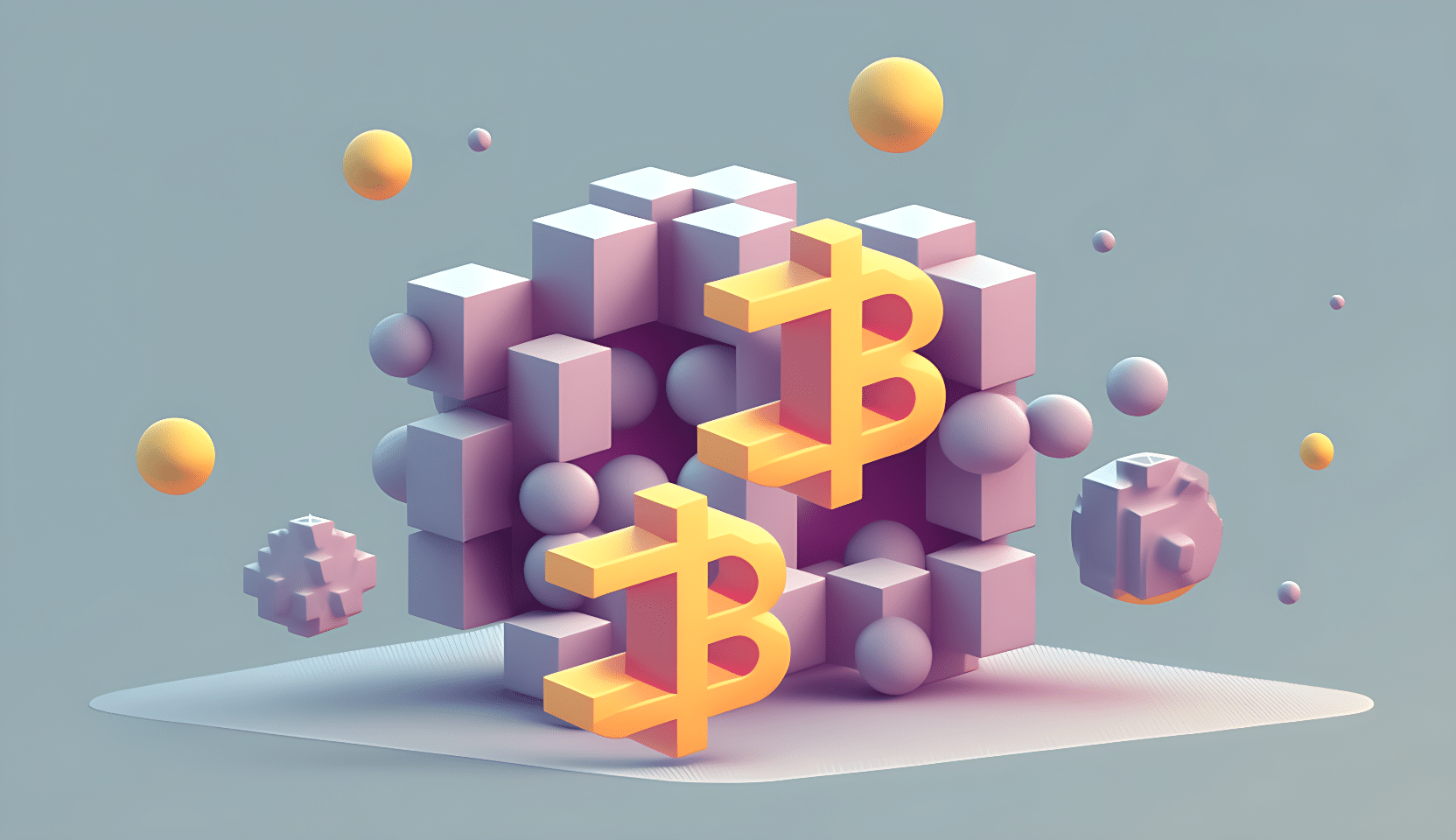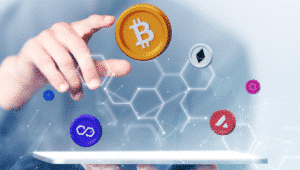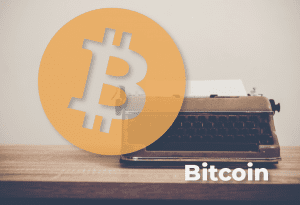
Table of Contents
ToggleIndeed, you have read phrases like “the best time to buy Bitcoin is now.” While it is ideal to take advantage of every opportunity to accumulate more Bitcoin (BTC) or your preferred cryptocurrency, you should always keep two network health variables in mind: the network fee and blockchain network congestion.
The network fee is the charge that each blockchain applies to process transactions. Its value fluctuates depending on the number of pending transactions, which is a normal and expected variation. However, when the network becomes congested, fees can increase significantly, affecting users.
What is blockchain network congestion?
Blockchain network congestion occurs when the volume of pending transactions exceeds the network’s capacity to process new transactions. This generates delays in transaction confirmation and, at times, significant increases in fees paid by users seeking to prioritize their operations.
It is like a bottleneck, where transactions are queued, trying to get through the funnel. During periods of congestion, miners are incentivized to prioritize certain transactions by charging higher fees. This is why fees increase, and users experience delays confirming their transactions.
How does network congestion affect transactions?
Think of a highway during rush hour: heavy traffic slows vehicle movement, creating an infernal bottleneck. In the case of blockchain, the bottleneck occurs when many transactions attempt to fit into a block limited by size and processing time. During these periods, miners prioritize transactions by offering higher fees, which raises costs for users who want their transactions processed quickly.

What are the leading causes of blockchain congestion?
Network congestion does not have a single cause. It is influenced by various technical and market factors that can occur without warning, including:
-Increase in demand:
- During periods of high volatility in the cryptocurrency market, such as sudden price increases or drops, many users carry out transactions simultaneously.
- This increases the number of pending transactions, overloading the network.
-Block generation frequency:
- Each blockchain has a fixed interval for block creation.
- For example, in Bitcoin, a new block is generated approximately every 10 minutes, while in Ethereum, it occurs every 12-15 seconds.
- If the block generation frequency is insufficient to process the transaction volume, a backlog accumulates.
-Block size:
- The size of blocks determines how many transactions can be included in each one.
- For example, the maximum block size in Bitcoin is 1 MB.
- If the number of pending transactions exceeds the capacity of the available blocks, the network becomes congested.
-Exceptional events:
- Project or token launches, large fund movements by exchanges, or attacks like “dusting attacks” (massive microtransactions to saturate the network) can trigger temporary congestion.
What impact does it have on users?
- Increase in fees: Users who need their transactions confirmed quickly must pay higher fees to have miners prioritize them. This can make small operations economically unviable
- Delays in confirmation: Transactions with low fees may remain pending for hours or even days until the congestion decreases. Don’t worry; this has happened to all of us.
- Operational risk: Congestion can cause significant inconveniences in critical transactions, such as payments or real-time fund transfers.
What can I do during blockchain congestion?
As with everything in the world of investments, it depends on your situation and interests. The general recommendation is to wait and try to sell Ethereum or buy Bitcoin at a later date when the network is less congested and the fees are more favorable.
You can check fee costs on tools like Mempool, where you can see the average fee price by priority and evaluate whether it is better to wait or act immediately and buy.
At Bitnovo, we recommend staying informed and planning your transactions wisely to avoid unnecessary delays or higher costs. With the right timing and tools, you can optimize your experience and make the most of your crypto journey.








